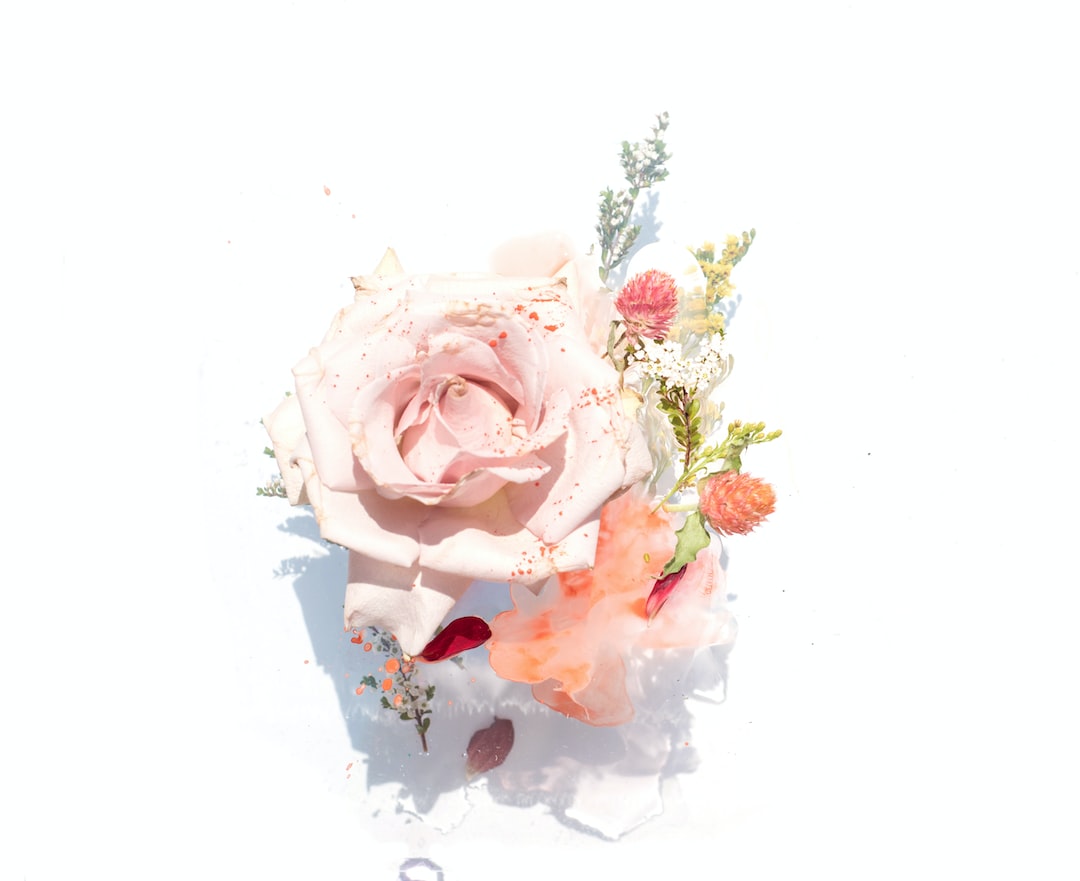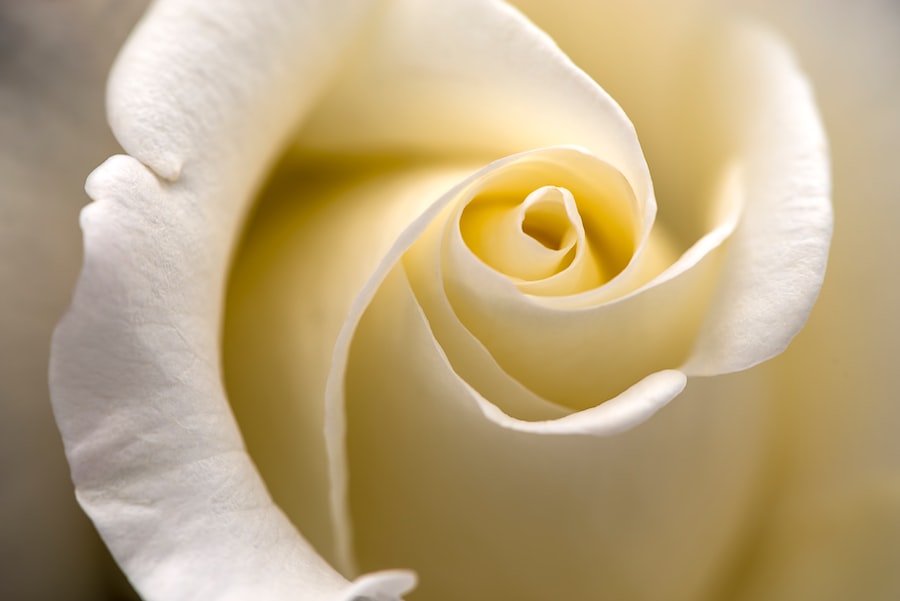What Does a Rose Seed Look Like? A Close-Up Look at the Start of a Beautiful Bloom

Roses are often considered the epitome of beauty and elegance. Their vibrant colors and intoxicating fragrance have captivated people for centuries. While many people choose to grow roses from cuttings or buy established plants, there is something truly special about starting a garden project with rose seeds. Growing roses from seeds allows you to witness the entire journey of a rose, from a tiny seed to a magnificent bloom. It is a process that requires patience, dedication, and a deep appreciation for the beauty of nature.
Starting a garden project with rose seeds is an exciting endeavor. It is a chance to create something beautiful and unique, and to witness the miracle of life unfold before your eyes. From the moment you plant the seeds, you become part of a journey that will take you through the ups and downs of gardening, and ultimately reward you with the breathtaking beauty of a fully bloomed rose.
Key Takeaways
- Rose seeds are the beginning of a beautiful journey towards growing a rose plant.
- The anatomy of a rose seed is complex and includes various structures that aid in germination.
- Understanding the germination process of rose seeds is crucial for successful growth.
- Proper seed collection and storage are important for maintaining the viability of rose seeds.
- Factors such as temperature, light, and moisture can affect the growth of rose seeds.
Anatomy of a Rose Seed: A Detailed Look at Its Structure
To understand the process of growing roses from seeds, it is important to take a closer look at the anatomy of a rose seed. A rose seed consists of several parts, each with its own function. The outer layer, known as the seed coat, protects the embryo inside from external factors such as moisture and temperature changes. The embryo itself is the tiny plant that will eventually grow into a rose bush. It contains all the genetic information necessary for the development of the plant.
Inside the embryo, there are two cotyledons, which are the first leaves that will emerge from the seed upon germination. These cotyledons provide nourishment to the growing plant until it can produce its own food through photosynthesis. Surrounding the embryo is an endosperm, which stores nutrients that will be used by the growing plant during its early stages of development.
Understanding the Germination Process of Rose Seeds
Germination is the process by which a seed begins to grow and develop into a plant. For rose seeds, germination can be a lengthy process that requires specific conditions to be met. The first step in germination is the absorption of water by the seed, which triggers a series of biochemical reactions that lead to the activation of the embryo.
Once the embryo is activated, it begins to grow and develop. The cotyledons emerge from the seed and start to photosynthesize, providing energy for the growing plant. As the plant continues to grow, it develops roots that anchor it in the soil and absorb water and nutrients.
The ideal conditions for germinating rose seeds include a moist environment, a temperature range of 70-75 degrees Fahrenheit, and a period of cold stratification. Cold stratification is a process in which the seeds are exposed to cold temperatures for a certain period of time to break their dormancy and stimulate germination. This can be achieved by placing the seeds in a refrigerator for 4-6 weeks before planting.
A Closer Look at the Color and Texture of Rose Seeds
| Color | Texture |
|---|---|
| Pale brown | Smooth |
| Dark brown | Rough |
| Black | Wrinkled |
Rose seeds come in a variety of colors and textures, which can provide valuable information about their characteristics and potential growth. The color of a rose seed can range from light brown to dark brown or even black. Lighter colored seeds are often more viable and have a higher chance of germinating successfully.
In terms of texture, rose seeds can be smooth or rough. Smooth seeds are usually more mature and have a higher chance of germination. Rough seeds, on the other hand, may indicate immaturity or poor quality.
Identifying different types of rose seeds based on their appearance can be challenging, as there are thousands of rose varieties with unique characteristics. However, experienced gardeners and rose enthusiasts may be able to recognize certain traits that are specific to certain varieties.
The Importance of Proper Seed Collection and Storage
Collecting and storing rose seeds properly is crucial to ensure their viability and successful germination. When collecting rose seeds, it is important to choose healthy, mature seeds from fully developed rose hips. Rose hips are the fruit of the rose plant and contain the seeds.
To collect rose seeds, wait until the rose hips have turned a deep red or orange color and are slightly soft to the touch. Cut open the rose hip and remove the seeds, being careful not to damage them. Rinse the seeds in water to remove any remaining pulp or debris, and then spread them out to dry in a cool, dry place for a few days.
Once the seeds are completely dry, store them in a cool, dark place in an airtight container. It is recommended to use a container that is moisture-proof, such as a glass jar or a plastic bag with a ziplock seal. Proper storage conditions will help maintain the viability of the seeds for several years.
Factors Affecting the Growth of Rose Seeds

Several factors can affect the growth of rose seeds, and it is important to address these factors to ensure successful growth. One of the most important factors is temperature. Roses thrive in moderate temperatures, with an ideal range of 60-75 degrees Fahrenheit. Extreme heat or cold can hinder germination and growth.
Another factor that can affect the growth of rose seeds is light. Roses require at least six hours of direct sunlight per day to grow and bloom properly. Insufficient light can result in weak, leggy plants with poor flower production.
Soil quality is also crucial for the growth of rose seeds. Roses prefer well-draining soil that is rich in organic matter. The pH level of the soil should be slightly acidic, around 6.0-6.5. Amending the soil with compost or other organic matter can help improve its quality and provide essential nutrients for the growing plants.
The Role of Soil and Water in the Development of Rose Seeds
Soil and water play a vital role in the development of rose seeds. The right soil composition and proper watering techniques are essential for the growth and health of rose plants.
Roses prefer well-draining soil that is rich in organic matter. This type of soil allows excess water to drain away, preventing root rot and other water-related issues. To improve soil drainage, you can add organic matter such as compost or peat moss to the planting area.
Watering is another important aspect of growing roses from seeds. While roses require regular watering, it is important not to overwater them, as this can lead to root rot and other fungal diseases. The frequency and amount of water needed will depend on factors such as temperature, humidity, and soil type. It is best to water deeply and infrequently, allowing the soil to dry out slightly between waterings.
Rose Seed Propagation Techniques: From Seed to Bloom
There are several techniques for propagating rose seeds, each with its own advantages and challenges. One common method is sowing the seeds directly in the garden bed. This method is simple and straightforward, but it requires patience, as it can take several months for the seeds to germinate and grow into mature plants.
Another method is starting the seeds indoors in containers or seed trays. This allows for better control over the growing conditions and can result in faster germination and growth. To start rose seeds indoors, fill a container with a well-draining potting mix and plant the seeds about ¼ inch deep. Keep the soil moist but not soggy, and place the container in a warm location with indirect sunlight.
Once the seedlings have grown a few sets of true leaves, they can be transplanted into individual pots or directly into the garden bed. When transplanting, be careful not to damage the delicate roots of the seedlings. Water the newly transplanted seedlings thoroughly and provide them with adequate sunlight and nutrients to promote healthy growth.
Common Misconceptions about Rose Seeds
There are several common myths and misconceptions about growing roses from seeds that need to be debunked. One of the most common misconceptions is that roses grown from seeds will not be true to the parent plant. While it is true that roses grown from seeds may not have the exact same characteristics as the parent plant, they can still produce beautiful and unique flowers.
Another misconception is that growing roses from seeds is difficult and time-consuming. While it does require patience and dedication, growing roses from seeds can be a rewarding and enjoyable experience. With proper care and attention, anyone can successfully grow roses from seeds.
Appreciating the Beauty of a Rose from Seed to Bloom
Growing roses from seeds is a journey that allows you to witness the miracle of life unfold before your eyes. From the moment you plant the seeds to the day you see the first bud appear, every step of the process is filled with anticipation and excitement. It is a chance to create something beautiful and unique, and to connect with nature in a profound way.
The beauty of growing roses from seeds lies not only in the end result, but also in the journey itself. It is a journey that requires patience, dedication, and a deep appreciation for the beauty of nature. As you watch your rose seeds germinate, grow, and eventually bloom into magnificent flowers, you will feel a sense of pride and accomplishment that can only come from nurturing something from its very beginning.
So if you are looking for a new garden project or simply want to experience the joy of growing roses from seeds, don’t hesitate to embark on this beautiful journey. With proper care and attention, you can create a garden filled with stunning roses that will bring joy and beauty to your life for years to come.
If you’re curious about what a rose seed looks like, you might find this article on Lawn World’s website interesting. They have a comprehensive guide on growing roses, including information on rose seeds and how to plant them. Check out their website for more gardening tips and resources.



